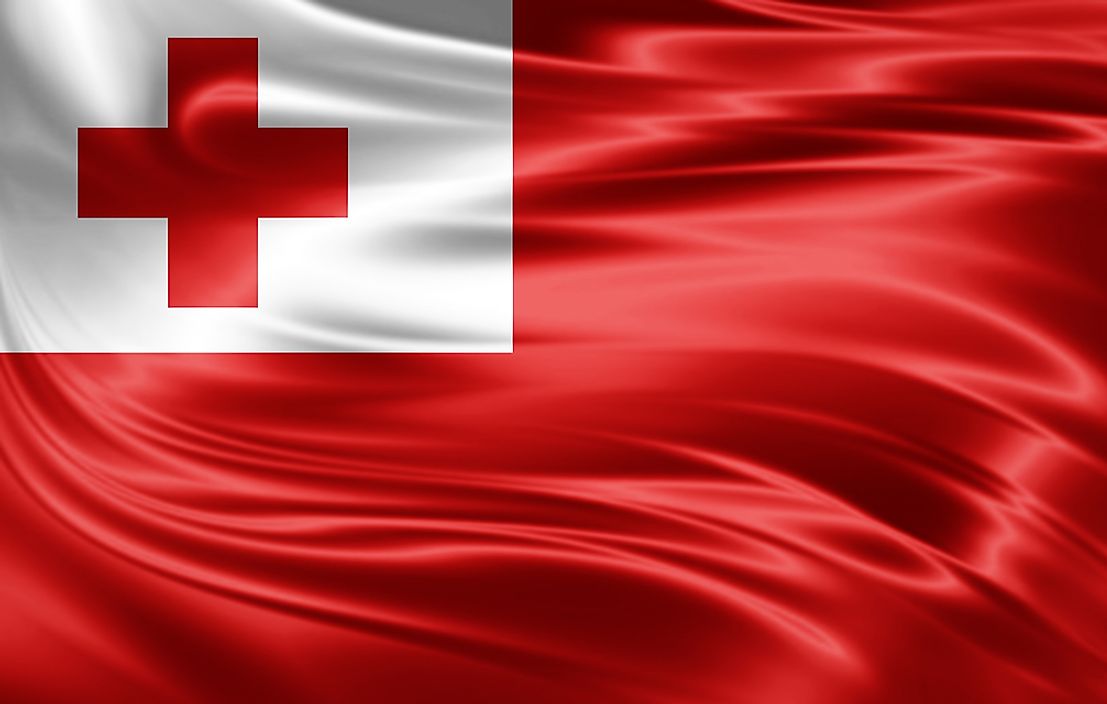What Languages Are Spoken in Tonga?

The Kingdom of Tonga is a Polynesian nation composed of a group of 169 islands spread over the southern Pacific Ocean. Tonga has four major regions, with 70% of the population occupying the Tongatapu island region. The country is comprised of various ethnic groups, with 96.6% of the population being of Tongan origin, 1.7% of Euronesian origin, 1% European, and 1% East Asian. Tongan and English are the official languages in the kingdom. Attempts in previous years have been made to introduce a bilingual policy in the island. The policy was mainly intended to promote the use of both English and Tongan, while at the same time preserving the Tongan language from declining.
Official Languages of Tonga
English
English is one of the official languages of Tonga. While Tongan is the most commonly used language among the population, English is the primary means of instruction for education in the island. Most of the English language speakers are located in towns. The British introduced English, and the first contact of the islanders with the British occurred in the late 18th century. Christian missionaries, in their efforts to preach the gospel, taught the language to the Tongans. Currently, English is taught as a second language in schools and is the primary mode of communication for business purposes. English is also the first language for most European immigrants from Britain.
Tongan Language
Tongan is an official and national language in the Kingdom of Tonga, and includes about 200,000 native speakers. Most speakers live in Tonga, the language has speakers in American Samoa, Vanuatu, Canada, Fiji, Niue, United States, Australia, New Zealand and Wallisian. Tongan is a Polynesian language of the Austronesian family, and is closely related to the Samoan language of the same family. Tongan is a mainly spoken language. The first written form of the language appeared in the 19th century by European missionaries, based on the Latin script. The Privy Council of Tonga developed current spellings used for the language in 1943. Few literary publications have been made in the language, including translations of the Bible and the Book of Mormon. Other publications include daily newspapers, and weekly and monthly magazines such as Taumu’a Lelei, which is produced by the Catholic Church. While the Tongan language is related to most Polynesian languages, such as Tahitian, Maori, and Hawaiian, it displays more proto-Polynesian characteristics in terms of phonology.
Language and Education in Tonga
Tongan and English are the primary languages used on the island. Their use has extended to the classrooms where they are taught at different levels starting in kindergarten. The ministry of education is responsible for introducing language policy in Tongan schools. In 2012, a policy was introduced which made Tongan the only language of instruction at the kindergarten level and classes one to three in primary school. The policy, however, exempts children whose mother tongue is not Tongan. English will be introduced to students beginning in class four. Throughout primary education, Tongan and English languages will be used for teaching. By the time the students reach the high schools level, use of the two languages will be equally balanced.







